15% off £30 OR 20% off £40
What is tretinoin?
.png)
Retinol is gaining traction as a skin hero: it can help minimise the appearance of fine lines, limit blemishes, and even out your skin tone.
Now, big sister tretinoin cream is entering the ring. But is this high-strength alternative the best product for you?
Skip to:
What’s the difference between retinol and tretinoin?
Tretinoin is a concentration of pure retinoic acid, which is why it’s so much stronger than retinol. Like retinol, it speeds up your skin’s cell turnover to reveal new, clear skin.
Both retinol and tretinoin are synthetic derivatives of vitamin A. This skin-friendly substance is required for cell growth and can contribute to a smooth, hydrated complexion.
However, they differ in their potency:
- Retinol needs to be converted into tretinoin by the body. It’s weaker and can have a slower effect - but this means it’s much more gentle on the skin.
- Tretinoin is immediately active but a lot more potent. So its effects can be more powerful, but it’s also more harmful to skin if not used correctly.
You can find retinol in serums, creams, and moisturisers over the counter. Because of its strength, tretinoin is available by prescription only.

Why your skin loves vitamin A
What forms does it come in?
It’s used topically when it comes to skincare. The most common prescription is tretinoin cream, but you might also be prescribed a tretinoin gel.
Tretinoin cream and tretinoin gel perform the same function for your skin – but their forms are slightly suited to different skin types.
Because of its moisturising qualities, cream formulations may be best for dry or “normal” skin. ¹ Those with oily skin might find tretinoin gel a less shiny alternative – but it may be too drying for mature or sensitive skin, so be careful.
What do you use tretinoin for?
Tretinoin is most often used by people who want to improve blemishes and minimise fine lines and wrinkles. It can also help to limit discolouration caused by sun damage.
It works by speeding up skin cell turnover, replacing older and damaged skin with newer skin. Studies have also found it can increase collagen production - the substance which keeps your skin firm and elastic - by up to 80%.²
Tretinoin can help with temporary changes to your skin (like blemishes) and help your skin stay healthy and firm for as long as possible. However no retinoid can reverse or permanently erase certain changes, like severe sun damage or deep wrinkles.
Where can you get tretinoin cream?
In the UK, tretinoin is available by prescription only and must be prescribed to you by a qualified dermatologist or GP.
Even if you see a tretinoin cream that looks legitimate elsewhere, don’t buy it.
It may seem a tempting fast-track to “glass skin”, but misusing a high-strength medication is not allowed and could damage your skin.
Retinol should still be used with care - and a patch test first - but it’s a much gentler, over-the-counter alternative to tretinoin.
Should I use tretinoin?
Again, only ever use tretinoin as prescribed by your GP or dermatologist.
Many people prefer to start with retinol and work their way up before trying a tretinoin prescription.
Using retinol helps the skin prepare for this sudden change. Plus, you may find that you achieve the results you’re after without moving up to tretinoin.
How do I use tretinoin?
Tretinoin comes as a topical cream that you apply to your face.
It should be applied as directed by your GP or dermatologist in order to minimise the risk of any harm to your skin.
Tretinoin generally comes in 0.025%, 0.05%, and 0.1% strengths. Start with the lowest strength your doctor has prescribed you. They may decide to offer you a higher strength later on.
Tretinoin can take a few weeks or even months to show the effects you want, so be patient!
Risks and side effects
Even if your doctor or dermatologist decides you’re fit for tretinoin, you should always proceed carefully.
It can be up to 20 times more powerful than the retinol products you find in drugstores.3
That said, topical tretinoin is generally considered safe for short- and long-term use when it’s prescribed by a medical professional.
You may experience side effects like:
• Redness
• Dryness
• Itching
• Mild burning
If any of these worsen, let your GP, pharmacist, or dermatologist know immediately.
You’ll also need to use an SPF of at least 30 every day while taking tretinoin. While this is recommended for anyone, it’s particularly important with any kind of retinoid.
Thanks to your skin’s faster cell turnover, the new, smooth skin is very sensitive to UV rays and sun damage. So, you’ll need to protect it more than ever.
It’s recommended to only apply tretinoin at night to give your skin time to recover.
You must not use tretinoin or any retinol products - even if you are prescribed it - if you are pregnant, breastfeeding, trying to conceive, or if there is any chance you could be pregnant.
The NHS warns that too much vitamin A could cause harm to your unborn baby.4
Retinoids are vitamin A derivatives and “fetal retinoid syndrome”, a group of physical and mental birth defects, is possible with its use during pregnancy.5
What if I don’t want a prescription?
If you don’t want to be prescribed tretinoin, you might find retinol a more suitable over-the-counter alternative.
Thanks to its popularity, you can buy retinol serums, creams, and moisturisers in most drugstores and health and beauty stores - including Holland & Barrett.
Bakuchiol is also climbing skincare lovers’ lists. Derived from the psoralea corylifolia (“babchi”) plant, it’s a natural alternative with the same collagen-boosting and skin-smoothing benefits.

A beginner’s guide to retinol & retinoids
Glow your own way
Everyone is different - so don’t let your favourite social media stars sway you!
Tretinoin is very effective for some people and a little too strong for others. Only your doctor is qualified to know what’s suitable for your skin.
Got more questions about retinol? Head over to our ultimate guide to see if we can answer your skincare questions.
Or, you can book a 1-to-1 online consultation with one of our experts; speak to a qualified advisor today.
- https://www.nejm.org/doi/full/10.1056/NEJM199308193290803
- https://www.ncbi.nlm.nih.gov/pmc/articles/PMC2699641/
- https://www.nhs.uk/conditions/vitamins-and-minerals/vitamin-a/
- https://rarediseases.org/rare-diseases/fetal-retinoid-syndrome/
- https://rarediseases.org/rare-diseases/fetal-retinoid-syndrome/



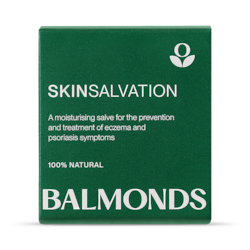
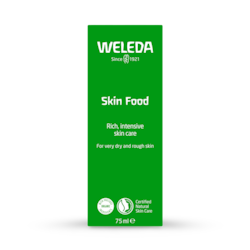
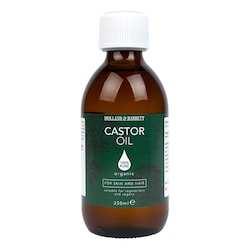
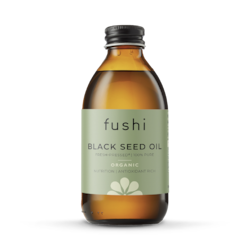

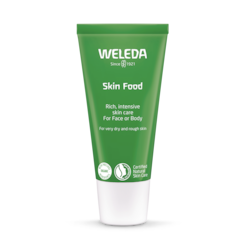
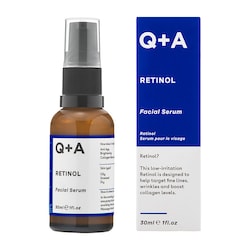

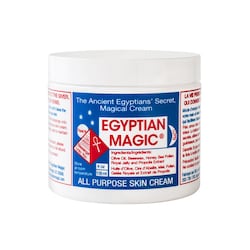

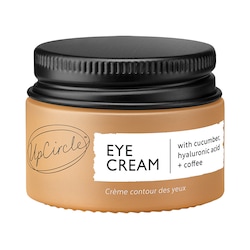
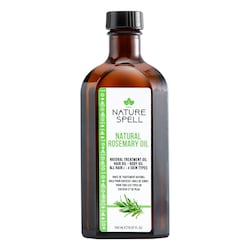
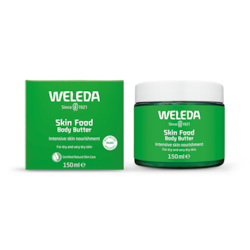
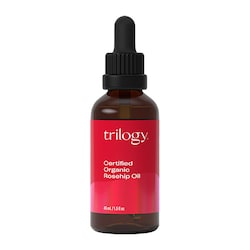

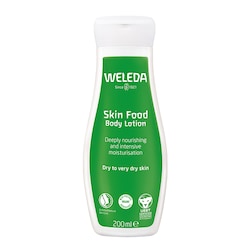
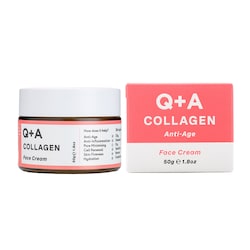
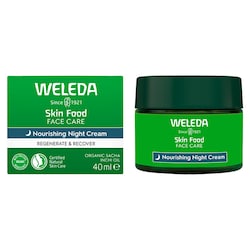
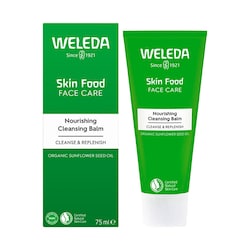


.png)










